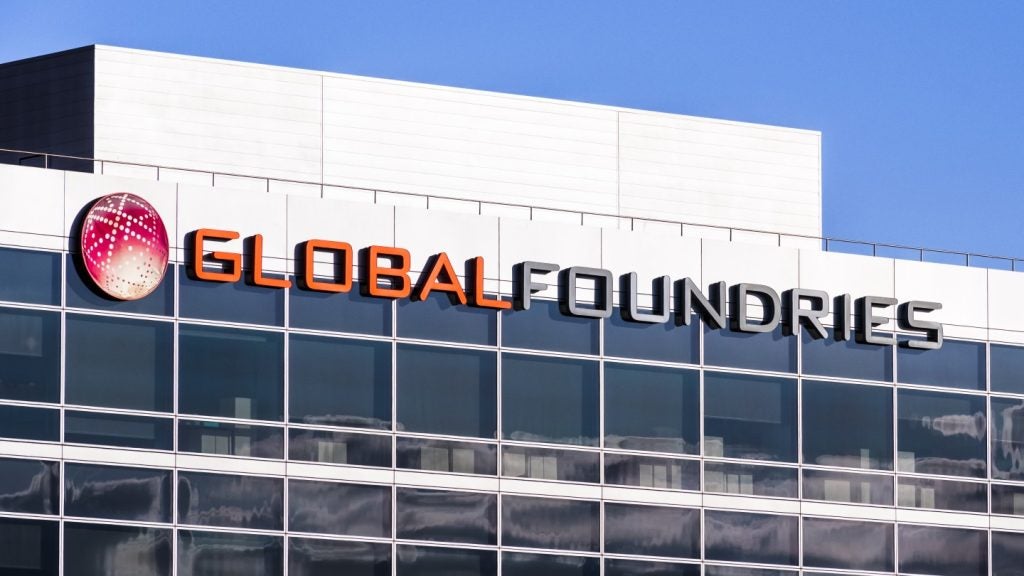
The European Academies’ Science Advisory Council (EASAC) has said that CO2 removal technology will be vital for reducing global emissions in the atmosphere.
The council, which represents the national science academies of the EU Member States, Norway and Switzerland, has endorsed the use of negative emissions technologies (NETs) and carbon dioxide removal (CDR).
The Met Office has warned that CO2 levels are predicted to rise by near-record amounts this year, with human activities resulting in what could be the largest increase in 62 years.
Although it has emphasised that mitigate CO2 production should still remain the highest priority, current emission trends mean that it is necessary to look to new technologies to meet Paris Agreement targets. They should therefore be included in the EU’s climate strategy.
CO2 removal technology requires significant economic investment
Professor Michael Norton, Director of Environment at EASAC believes that the scale needed to effectively implement the CO2 removal technology would require huge, but necessary, economic investment:
“Applying such technologies at the scale required would require the development of a new industry close to the same size as the current fossil fuel industry – a huge diversion of economic resources within the economy. To avoid dangerous climate change and bolster its economy, therefore, the EU should be examining the most likely technologies to be relevant to Europe’s future industries.”
As a single technology has not yet emerged as the best choice, a range of different technologies will likely be necessary to meet climate goals. Although the EASAC has warned that it may be difficult to convince people to invest in unproven technologies, they are necessary to improve the current failure to reverse the growth in global emissions.
In terms of how the technology is implemented, reversing deforestation, reforestation, increasing soil carbon levels and enhancing wetlands remain the most cost-effective and viable approaches to CDR, and the council recommends that they should implemented now as low-cost solutions relevant both to developed and to developing countries.
Significant progress has also been achieved with direct air capture with carbon storage.
Some countries have begun to implement CO2 removal technology, with the UK recently announcing an Action Plan to enable the development of the first carbon capture usage and storage facility in the country, and Norway investing in facilities for storing captured CO2.
Although a significant increase in efforts is still needed, The EASAC has said that it welcomes these first steps, saying that “efforts should continue to develop CCS into a relevant and relatively inexpensive mitigation technology”, and that “maximising mitigation with such measures will reduce the future need to remove CO2 from the atmosphere”.







